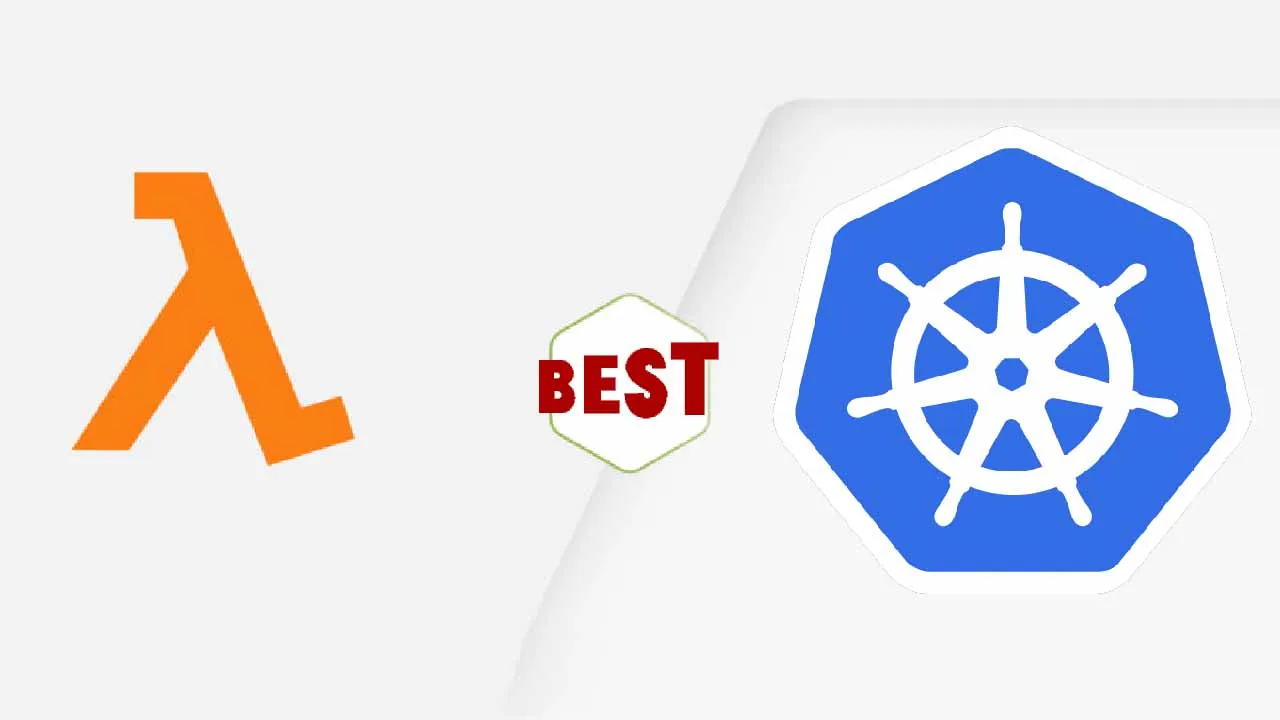Keywords : AWS, Lambda, EKS, k8s, Lambda Layers, Secrets Manager
Authors : Arunava Kar, Tejaswini B, Arpit Malani (Platform Team @Amagi)
In this post, we’ll attempt to learn kubernetes jobs by actually deploying one. We’ll deploy a simple hello world job using a lambda function with credentials having limited access to the kubernetes cluster.
First, a quick walkthrough of the natively available solutions. AWS’s Batch and Fargate are some of the trivial solutions when it comes to long-running async jobs. These are absolutely great and serve most of the business purposes until we want the application to be on multi-cloud or even on-premise. Let’s see how we can solve this using k8s jobs. The application here can work with EKS, GKE, AKS, on-prem clusters.
This post assumes we already have a running k8s cluster, let it be on any cloud, and have basic knowledge on k8s resources like RBAC, jobs
So, We’ll be deploying the following
- RBAC role and service account with access to create jobs on k8s cluster
- Python lambda function to create jobs
#k8s #lambda #aws #serverless
